Mecha-based media has always been a niche genre, regardless of medium. It’s had its moments in the past, but for some reason, Western audiences are resistant to 100-ton robots shooting at each other, flying through the air, and dueling with giant energy swords. That’s mostly a testament to the popularity of sword and sorcery with its more human-based fantasy versus cold, alien, metallic monstrosities with no emotions.
Armored Core VI is looking to be a renaissance for the mecha genre. Its developer, FromSoft, has gained quite the following thanks to its Soulsborne series and Elden Ring, and some of that momentum is leaking over to its original mecha-based series. This next part may come as a surprise, but Armored Core has been around since the original PlayStation in the 90s and has steadily been released on each platform up to the PlayStation 3, after which the series took a hiatus. For newcomers and vets looking to revisit the series, let’s take a look back at the history of the series and where it stands today.
Related: Every Armored Core game, in release order
Armored Core (PS1)
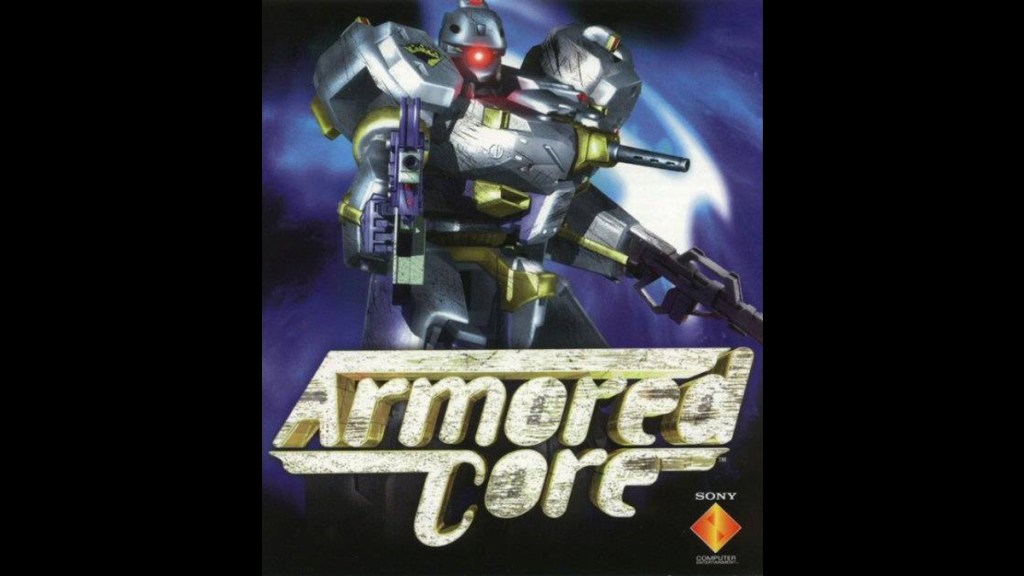
The genesis of the series was in 1997 on the PlayStation 1. At that time, the original game of the series was probably the most robust mech-based game when it came to customizing your mech or, in this case, AC. The amount of fine detail you could go into was jaw-dropping, and weapon options were equally impressive. The story was barebones, but the lore and setting were top-notch, introducing evil corporations in a dystopian future.
Back in the day, before the rise of downloadable content, if games wanted to add content to an existing title, they would release separately sold expansion packs, and Armored Core was no exception. In 97′ and 99′, FromSoft released Project Phantasma and Master of Arena, respectively. These expansions would add more story and a new gameplay mode called the arena, which would become a series staple from the sequel onwards.
Armored Core 2 (PS2)
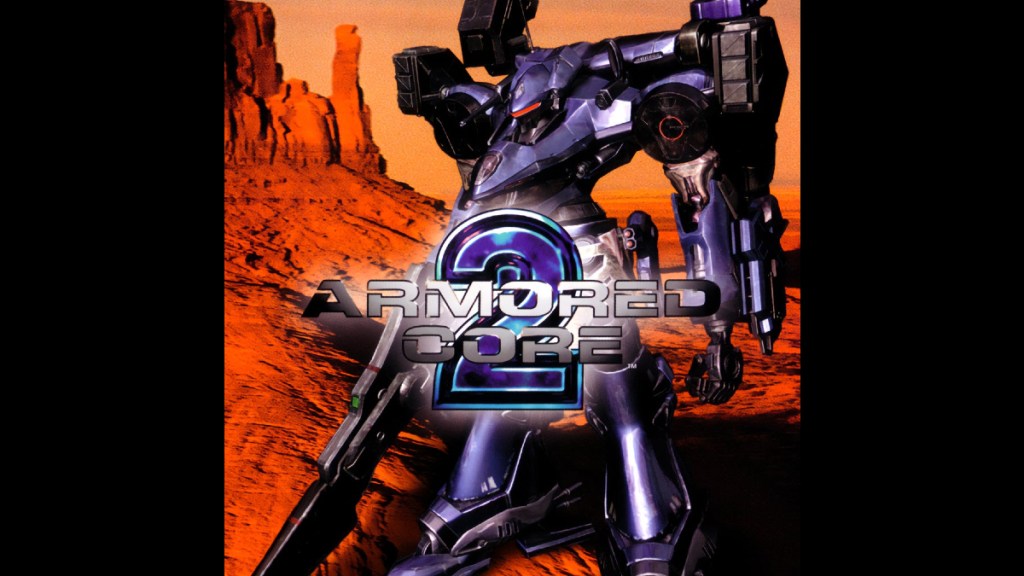
The sequel was a big jump in so many ways from the original. Releasing in 2000 on the PS2 and benefitting from improved hardware, we were given a more cinematic story based on the planet Mars and an arena mode baked into the main game this time. The Arena, in particular, was groundbreaking in that the participants could be killed off in the main story, which caused them to be replaced by others in the ranked ladder. One thing that didn’t improve much was the control scheme which was quite stiff and unresponsive even for the time.
Like the prequel, Armored Core 2 would receive an expansion titled Another Age which would add analog support for the ACs movement. Unfortunately, FromSoft removed the arena, but to make up for it, they added over 100 new missions for players to tackle. The Japanese version added an online multiplayer mode for players with a PlayStation Online Adapter. Another thing to note is that this was the end of the original timeline story-wise.
Armored Core 3 (PS2, PSP)
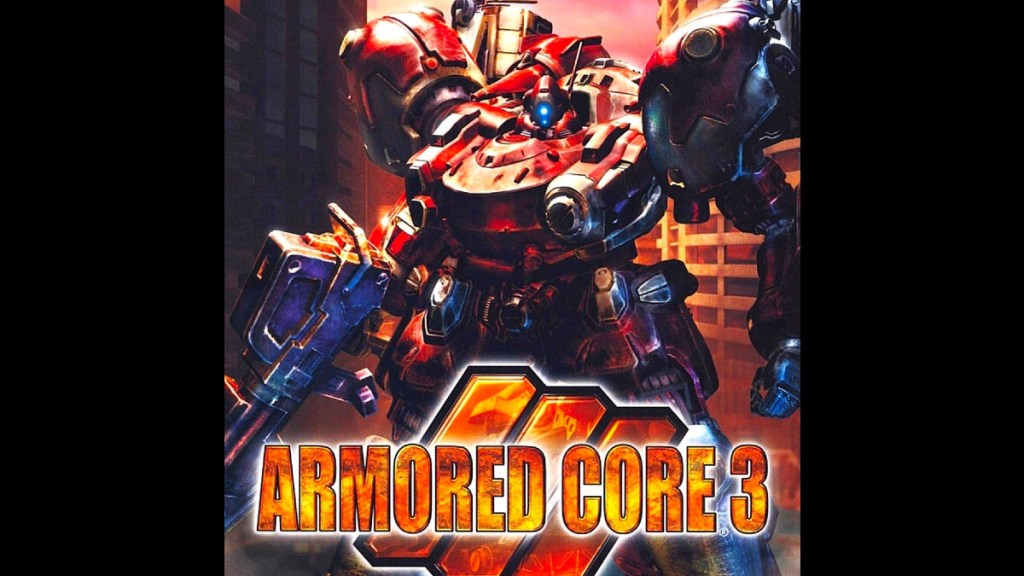
Released in 2002, this was the beginning of a new era in the Armored Core universe. FromSoft would take the corporate conflict from Mars back to post-apocalyptic Earth. After many years, humanity is living underground, and a new set of corporations are looking for supremacy even in such a dire situation. Luckily, they were nice enough to bring back the arena and analog controls, along with some of the cinematic storytelling from the last title. Other than that, there weren’t many new additions to the gameplay outside of new parts and missions.
This entry would also mark the beginning of a long line of sequels that spanned five more titles. This run included Silent Line, Nexus, Nine Breaker, Formula Front, and Last Raven. Each game attempted to add new gameplay and visual storytelling to the series. Many older fans considered this the best era of the series, as future sequels would change the formula considerably. Another neat addition to the series was the introduction of handheld ports for each title, excluding Nexus and Nine Breaker.
Related: The 10 best Armored Core games, ranked
Armored Core 4 (PS3, X360)
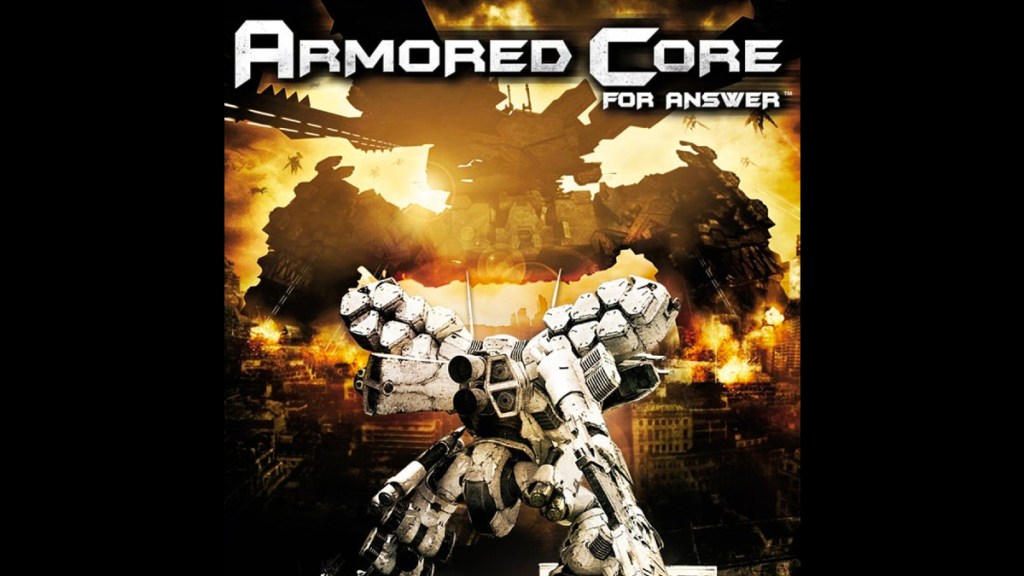
Just in time for the next-gen consoles, Armored Core 4 was released in 2006 for the PS3 and the Xbox 360. Calling this title a generational leap graphically would be an understatement, as everything was redesigned with an emphasis on movement and fast-paced combat. This move was controversial among long-time fans of the series, but it seemed that FromSoft was trying to streamline the gameplay in an attempt to bring in more players. Story-wise, this would once again start a new timeline, this time on a now-desolated Earth.
An expansion/sequel called For Answer would release in 2008 with a much better reception. This version would change the customization for ACs along with some new equipable parts. Like the previous title, online multiplayer made a return, as well as local multiplayer. Seemingly the developers thought the original game wasn’t fast enough, so they added even more options for increasing the AC’s speed. This entry would be the last game in the series with towering mechs.
Armored Core V (PS3, X360)
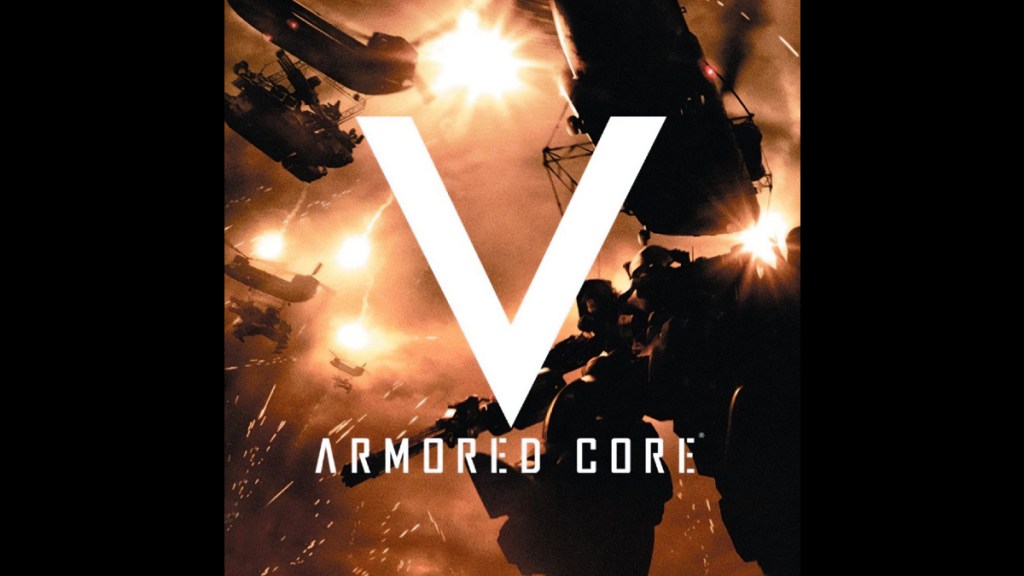
The last title in the series was released exactly ten years earlier, in 2012, before the announcement of Fires of Rubicon in 2022. This entry would be a departure from the towering monstrosities we controlled in the previous games. Players would instead pilot smaller ACs that relied on teamwork and strategy rather than superior firepower and parts. The gameplay returned to the original slower-paced model from the first three games, and the addition of OVERRED weapons made up for the lack of size with their overpowered attacks. The story centered around a now over-polluted Earth and the last remaining city located in the United States.
As per tradition, Armored Core V would see a sequel/expansion called Verdict Day, which was released one year later in 2013. This title would focus primarily on multiplayer, and players would have the ability to create their clans with other players. Gameplay remained largely the same, with a small twist, in that the ACs were AI controlled (in-universe) instead of human-controlled. The story takes place 100 years after V, and the “Three Forces” took center stage in the conflict.
Related: Armored Core VI Fires of Rubicon: Release Date, Preorder Bonuses & Trailers
With the release of Armored Core VI, some players worry about the recent success of From’s Souls games and how it would affect the traditional gameplay of Armored Core. The developers have done a great job so far in easing those fears, but Armored Core has always been about reinventing itself while maintaining the fun mecha action the series is known for. Here’s to the future of the series.

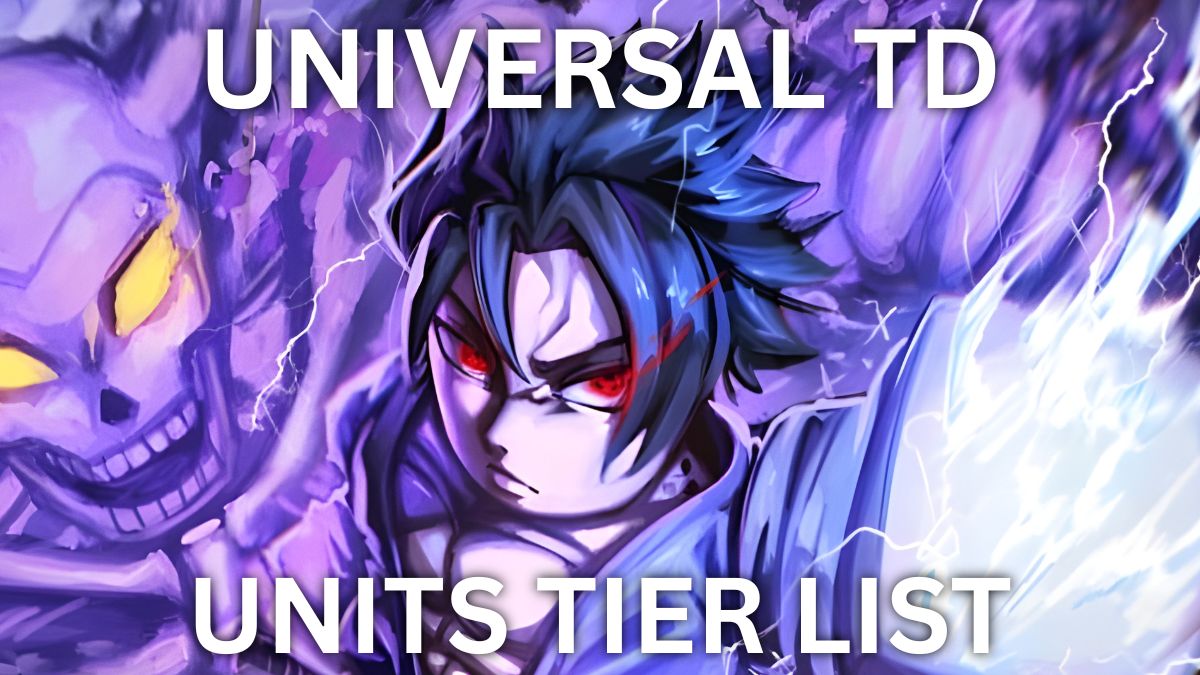


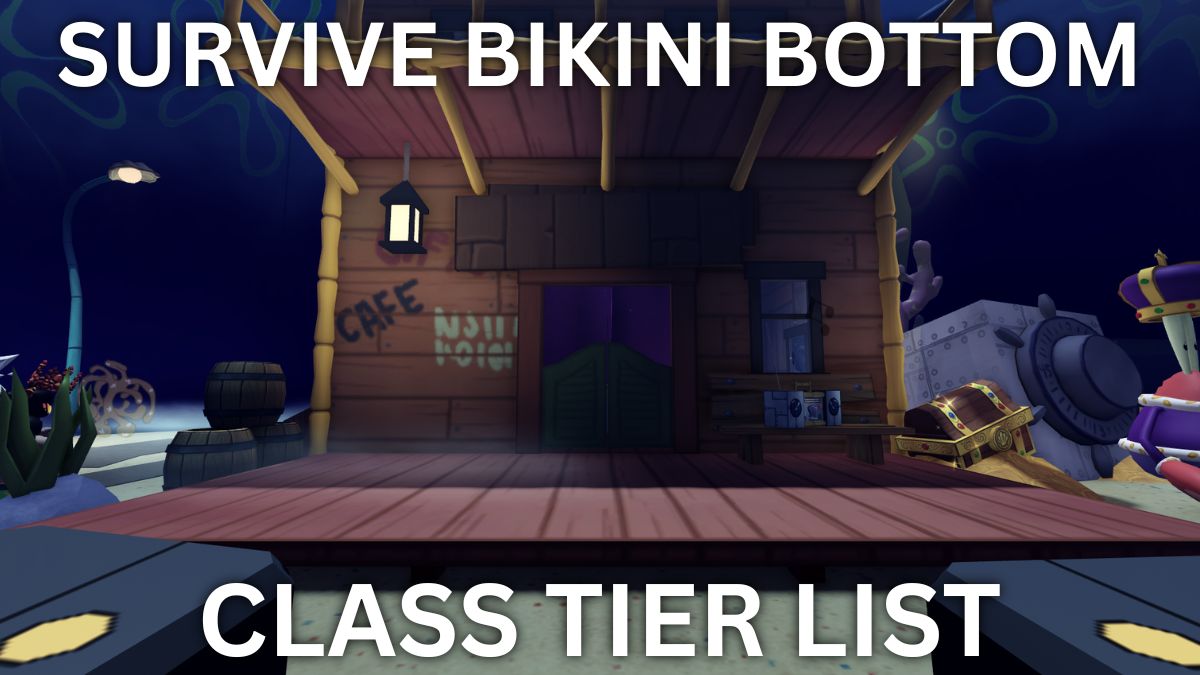
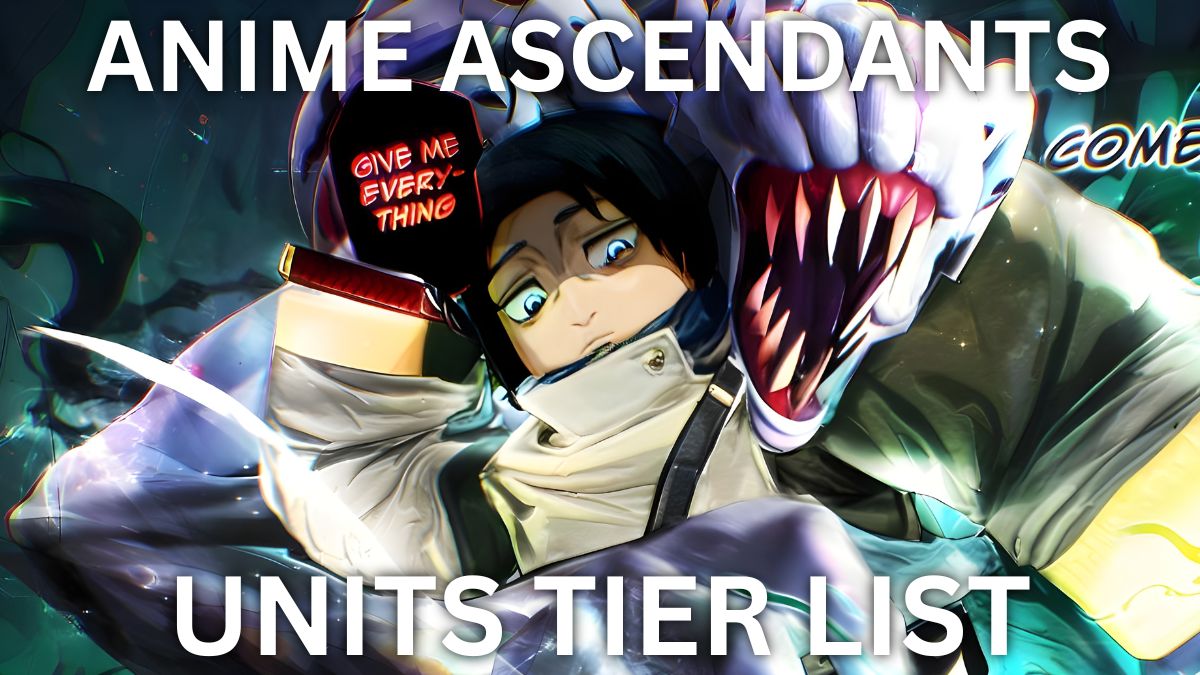
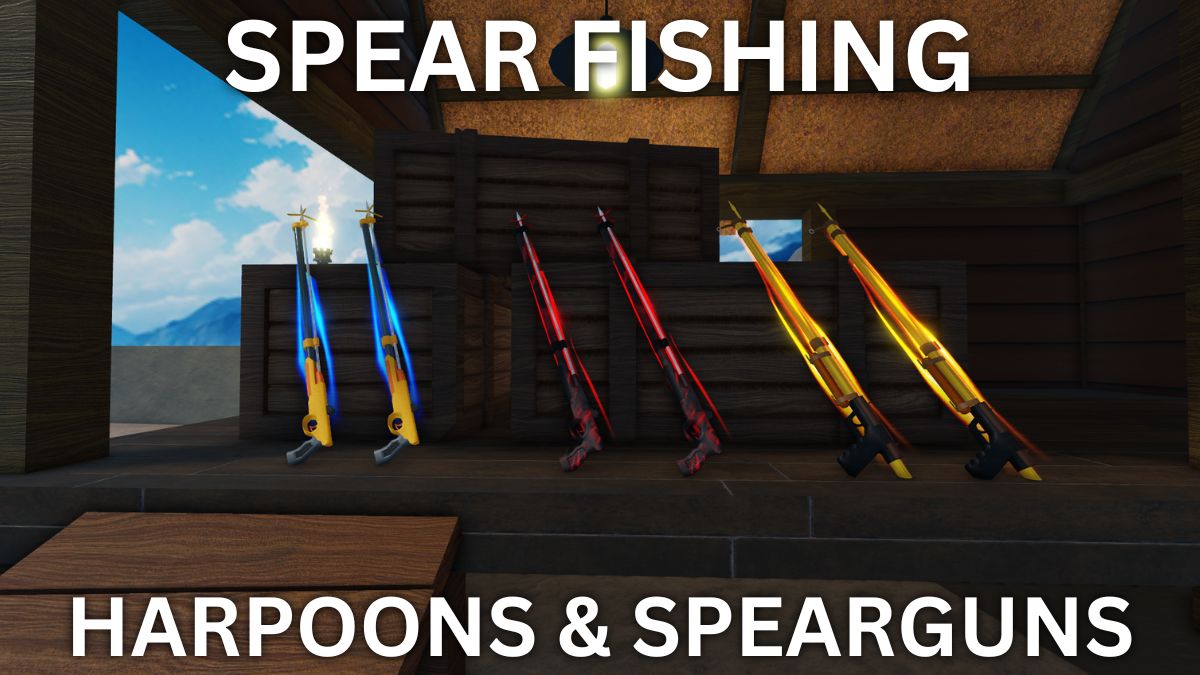
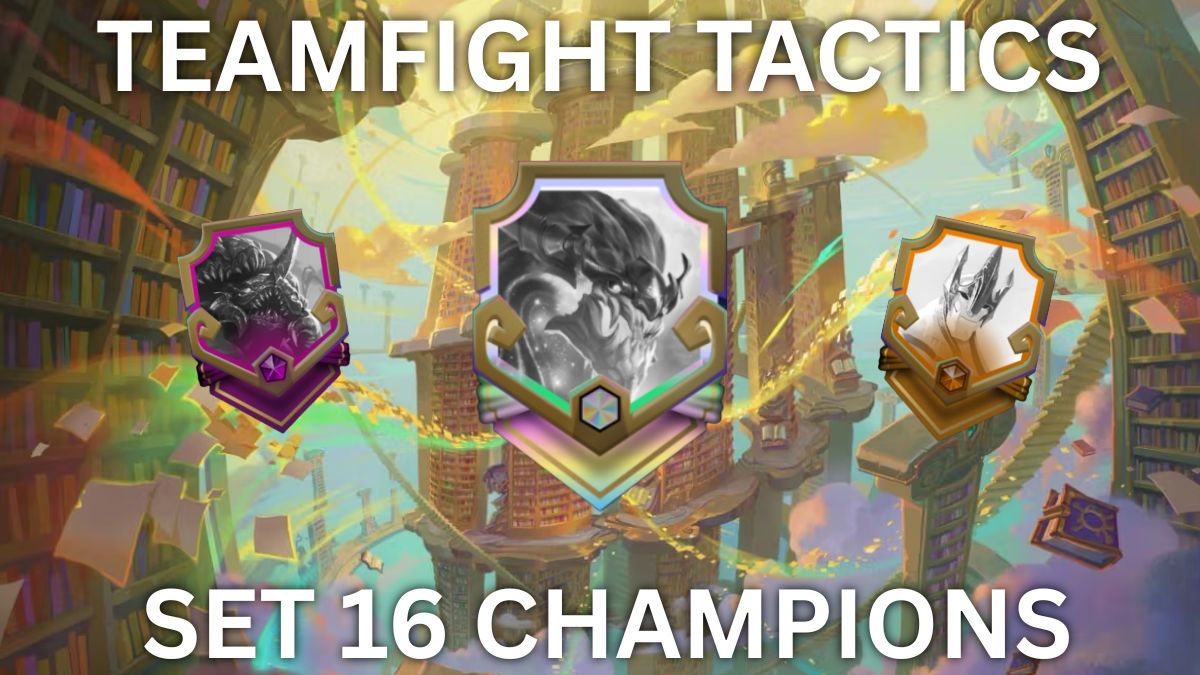
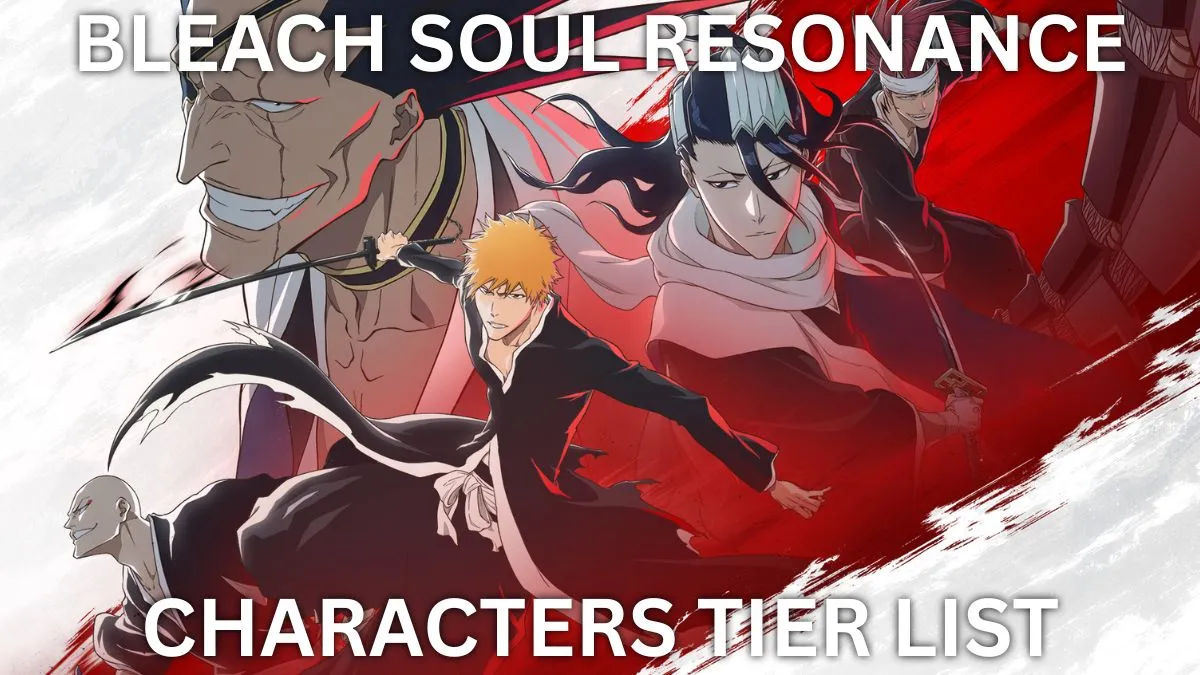
Published: Aug 11, 2023 12:59 am